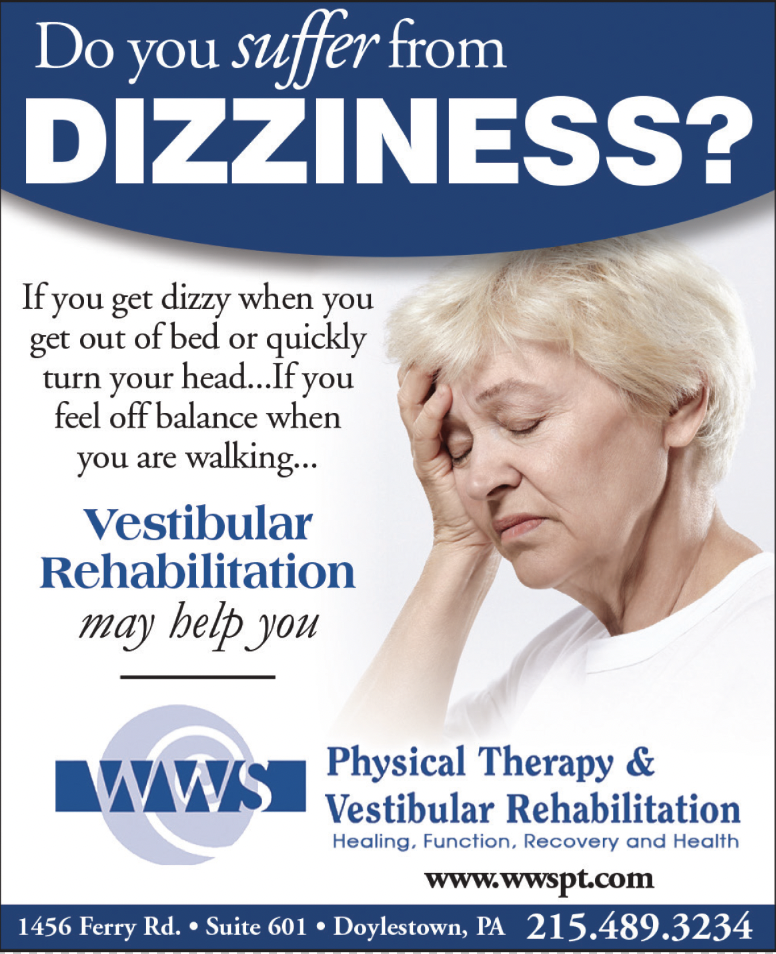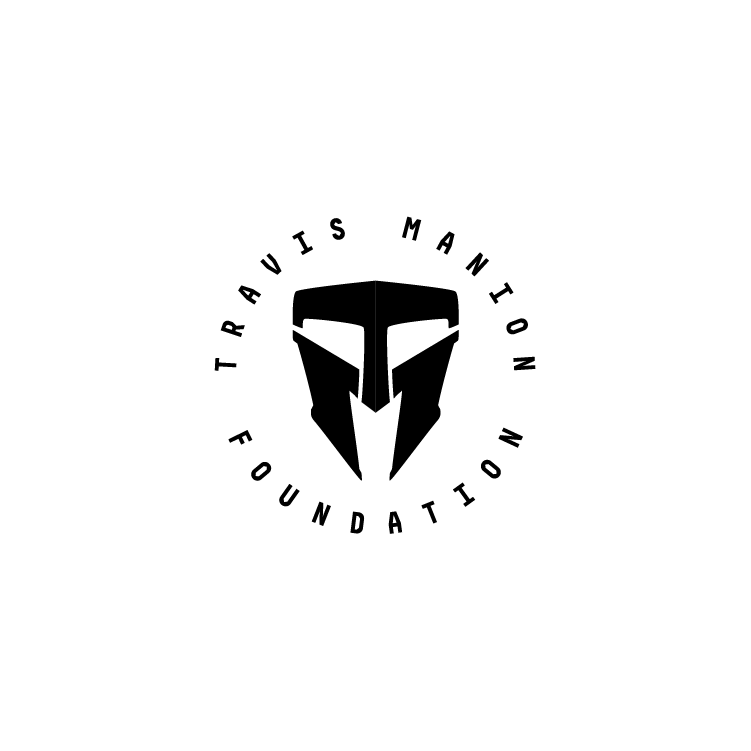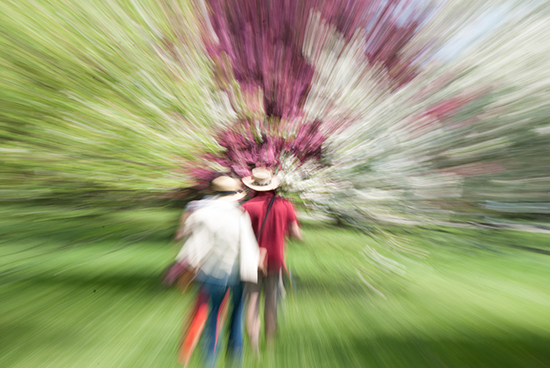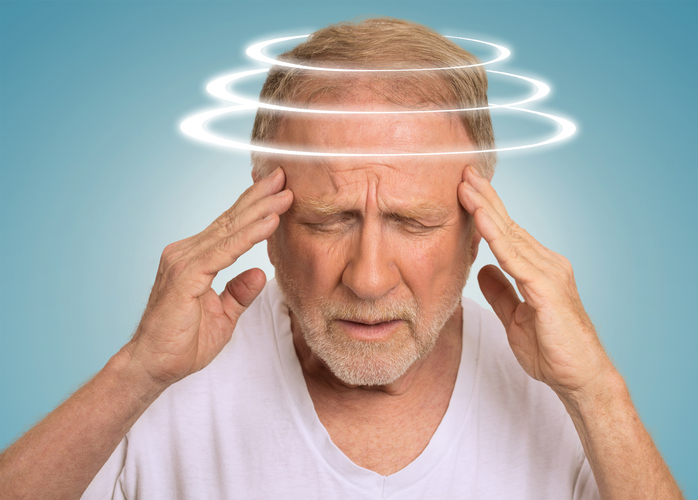We have all experienced headaches at some point or another in our life, whether it was a headache from a cold or a more significant debilitating migraine event. The WHO states that half to three-quarters of adults aged 18-65 have experienced headaches in the last year, and among those, 30% reported experiencing a migraine.
Headaches are classified as primary or secondary. Primary headaches include migraine, tension headaches, and cluster headaches. Secondary headaches include those experienced as the result of another underlying medical condition, such as a sinus infection, where the swelling and discomfort from the inflammation process cause head pain.
In our WWS Physical Therapy practice, we see individuals with various headache types. Our goal is not only to help reduce symptoms but to teach our clients life-long strategies to manage their symptoms better and reduce the frequency of recurrence. This may include exercises for the neck and shoulder region, sleep hygiene and stress management education, and working with patients to identify their personal headache triggers, which vary by individual.

Tension Headache:
Tension headaches are the most common primary headache disorder. They tend to be bilateral and often feel like a band around the head that is non-throbbing. Pain tends to be mild to moderate but not severe. Stress and muscle tension tend to be the driving factors behind these symptoms. Tension-type headaches typically do not cause photophobia (sensitivity to light), nausea, or vomiting.
Cluster Headache:
Cluster headaches are more common in males than females, at a reported ratio of 6 to 1. They cause severe pain on one side and tend to be localized behind one eye. This type of headache may cause the pupil to constrict on the involved side and cause the eye to water. Individuals may also experience sinus congestion or a runny nose on the involved side. These headaches also can be nocturnal, starting 1-2 hours after falling asleep.
Migraine Headache: Migraine is considered a neurological disease. During this neurological event, abnormal electrical activity may occur in the brain leading to changes in nerve activity and blood flow in the head. It is believed that inflammatory substances are released during this time. Attacks can include headache, usually unilateral, which is throbbing or pulsing. Nausea, vomiting, light sensitivity, and visual symptoms can also occur. Some individuals experience changes in speech, coordination, and even numbness associated with their episodes. Other migraine sufferers don’t experience the classic headache as their primary symptom and may experience dizziness, ear pain, or head fullness during an attack.
Females are 3x more likely to experience migraine than males. Migraines tend to run in families, and if one parent experiences a migraine, their child has a 50% chance of having one. If both parents have them, that risk increases to 75%.
Migraines occur in four phases that can take 8-72 hours to complete. These phases include the prodrome, which can cause irritability, depression, muscle stiffness, increased urination, sensitivity to light and sound, and other symptoms. The next phase is the aura. Not all migraine sufferers experience an aura, but when present, it can last from 5-60 minutes and may include visual changes, a “funny feeling,” changes in speech, tinnitus, and vision loss. Headache is the third phase, associated with the throbbing pain experienced. The headache can spread from one side to both and can be associated with depressed mood, anxiety, fatigue, and sensitivity to light and motion. Following the headache is the postdrome, which can last for a day or two after an event. This phase can cause feelings of depression as well as euphoria and difficulty concentrating.
Many patients are referred to our Vestibular Therapy practice for complaints of vertigo. Still, during our discussion and evaluation, it is often discovered that these patients also experience signs and symptoms consistent with migraine. A neurological screen is always completed as part of our dizziness evaluations; a headache questionnaire may also be completed when a migraine is suspected. When a headache is suspected, treatment may not be just positional maneuvers for BPPV but can also include migraine symptom management. This treatment plan in physical therapy can involve cardiovascular exercise, habituation exercises to desensitize the nervous system to various movements, and education regarding lifestyle modification. Education can include improving sleep hygiene, modifying screen use, stress management, and learning about common dietary triggers. For some patients, medication is necessary to manage their symptoms fully. We try to work with patients as they navigate their medication journey with their physicians.
If you suffer from headaches and want to manage your symptoms better or have questions about improving your activity tolerance, please consider contacting our physical therapy office for an evaluation. We would be happy to help you get started on your headache management journey, no matter where you are in the process.
Dr. Jenna McLane, Pt, DPT,
WWS Physical Therapy and Vestibular Rehabilitation
Doylestown, PA.
(215) 489-3234









